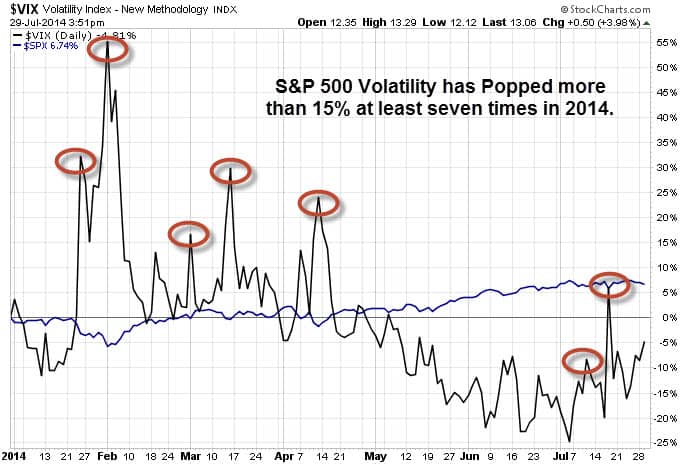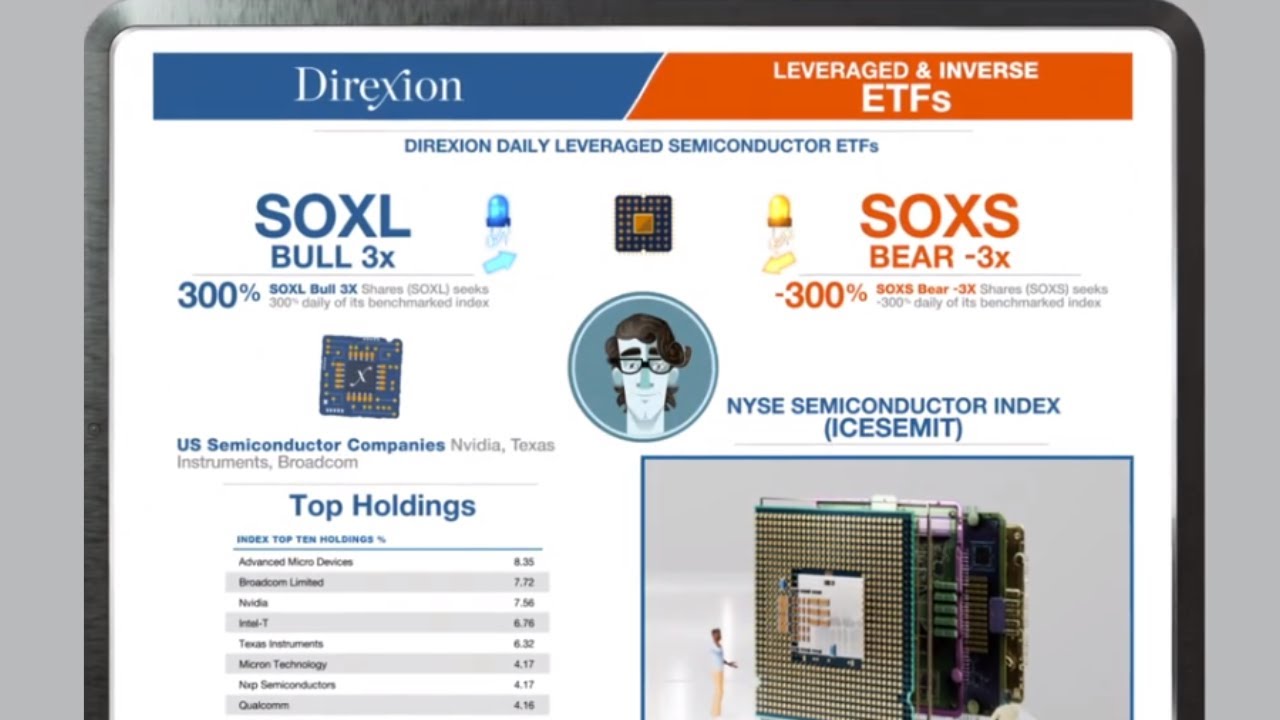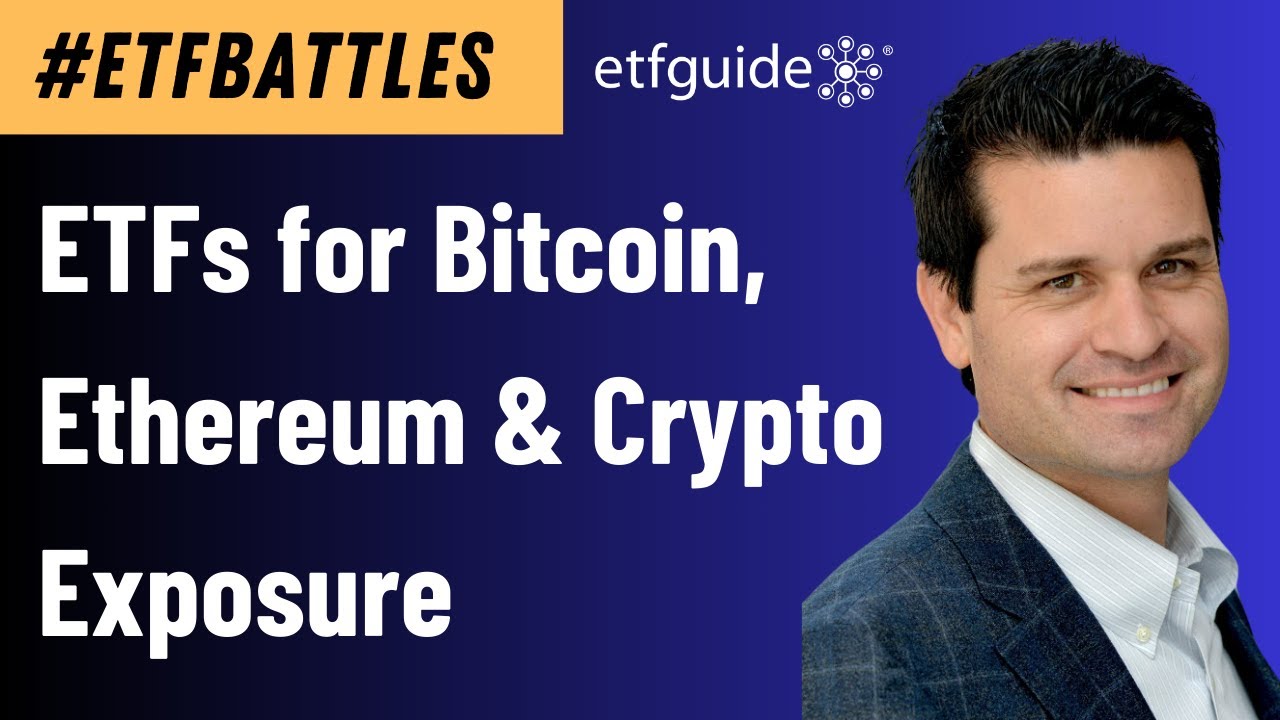Has 2014 stock market volatility really gone the way of dodo birds and dinosaurs as claimed?
The news du jour is that falling VIX means that stock market volatility (NYSEARCA:SPY) is non-existent. Is it true? Recent headlines give this innuendo. Here’s a tiny sample:
VIX Tumbles to 9-month Lows – Zerohedge
VIX Volatility Index Falls to Lowest Level in Over a Year – Wall Street Journal
Fear Strikes Out on Wall Street – Reuters
The dominant argument in these news articles is how volatility has been virtually non-existent because the VIX has slid more than 11% year-to-date and over 30% during the past two years. The problem is that 99% of all statistics only tell us 49% of the story. As it turns out, the important details about true volatility are buried within the other 51% of the story.
AUDIO: Listen to Ron DeLegge @ The Index Investing Show
Our chart below shows how the S&P 500 Volatility Index (ChicagoOptions:^VIX) has spiked 15% or more at least seven times this year – or one-time for every month of the year!
Going back even further, volatility bursts of this magnitude have been regular occurrences over the past year, roughly every 2-3 months.
While there are thousands of financial indicators, the VIX gives us a compact view of the public’s psychology toward stocks. When the VIX is falling, people’s fear of stocks (NYSEARCA:VTI) is generally low. Conversely, when the VIX shoots higher, stock market fear increases.
The accompanying chart also illustrates the multiple setups for (NYSEARCA:VIXY) capitalizing on short-term volatility in stocks.
Ahead of these volatility bursts, we’ve been careful about picking our spots to be long VIX (NYSEARCA:UVXY).
On 7/9/14 when VIX traded just under 12 and doomsayers were predicting 10, we said via our Weekly ETF Picks:
“While most market participants are expecting a lack of stock market volatility to be a sustainable trend – we’re betting the opposite. When another short-term pop in the VIX arrives fast and furious, we’ll be ready. We’re buying the VIX (expiration and strike price reserved for subscribers) call options at $200 per contract.”
How did it turn out? From July 16-17, the VIX (NYSEARCA:VXX) experienced a 32% surge and we were able to bag a double digit gain in less than a month.
In the end, cashing in from volatility is all about being long the VIX (NYSEARCA:TVIX) before volatility happens – not after. If you fail to prepare, prepare to fail.
The ETF Profit Strategy Newsletter uses technical and fundamental analysis along with market history and common sense to keep investors on the right side of the market. Our biggest winner so far in 2014 is a timestamped +188% gain from our 6/5 Weekly Picks.
Follow us on Twittter @ ETFguide




